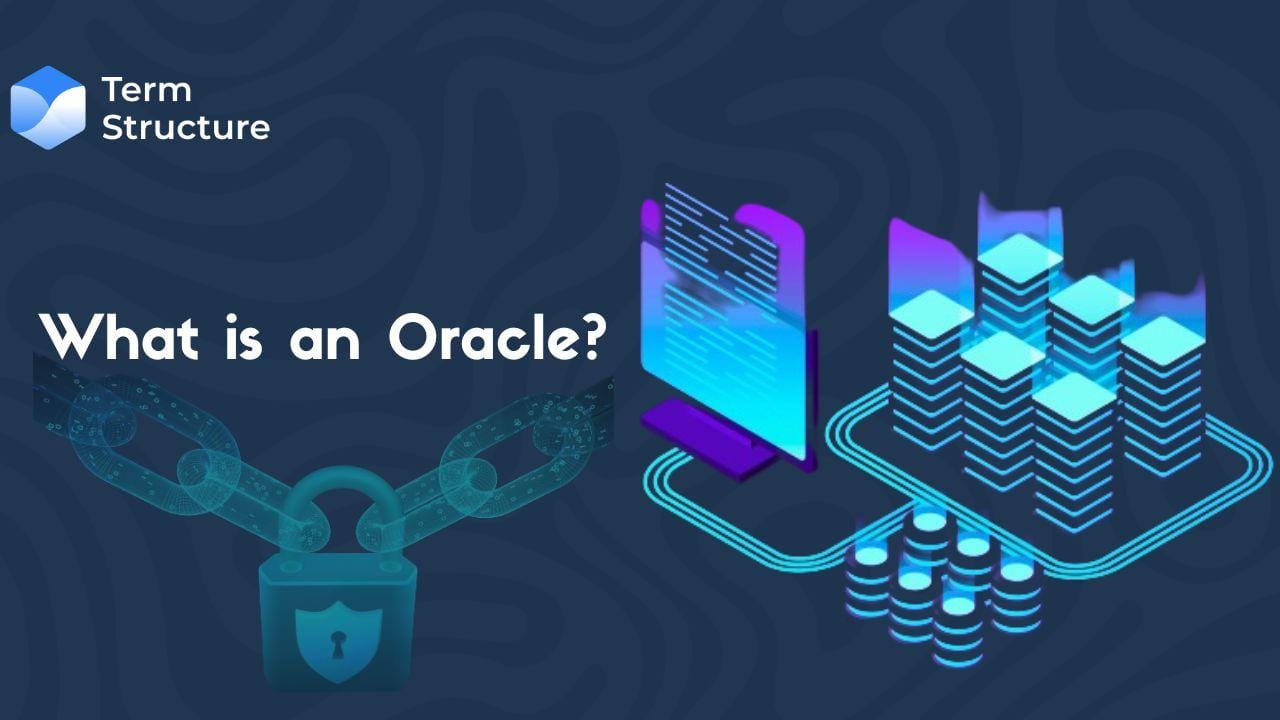What Is a Blockchain Oracle?

Blockchain oracles are third-party services that provide smart contracts with external information. They serve as bridges between blockchains and the outside world.
Blockchains and smart contracts cannot access off-chain data (data that is outside of the network). However, for many contractual agreements, it is vital to have relevant information from the outside world to execute the agreement.
This is where blockchain oracles come into play, as they provide a link between off-chain and on-chain data. Oracles are vital within the blockchain ecosystem because they broaden the scope in which smart contracts can operate. Without blockchain oracles, smart contracts would have very limited use as they would only have access to data from within their networks.
It’s important to note that a blockchain oracle is not the data source itself, but rather the layer that queries, verifies, and authenticates external data sources and then relays that information. The data transmitted by oracles comes in many forms – price information, the successful completion of a payment, or the temperature measured by a sensor.
To call data from the outside world, the smart contract has to be invoked, and network resources have to be spent. Some oracles also have the ability to not only relay information to smart contracts but to send it back to external sources.
How Blockchain Oracles Work
Consider this scenario illustrating the functionality of a blockchain oracle: Imagine a decentralized application (dApp) built on the Ethereum blockchain where users engage in betting on sports events. For accurate determination of winners and distribution of winnings, the dApp's smart contract requires up-to-the-minute data regarding the outcomes of these events. Yet, the Ethereum blockchain lacks direct access to real-time sports data. This is where a blockchain oracle becomes indispensable.
1. Data Sourcing: The oracle establishes a connection with an external data provider offering real-time sports event results, potentially through an API service tailored for sports data.
2. Data Transfer: Retrieving data from this external source, the oracle securely transmits the sports event results onto the Ethereum blockchain, ensuring the integrity of the data during the transfer process.
3. Verification Protocol: Before acceptance by the smart contract, the received data undergoes meticulous verification to confirm its authenticity and precision. This verification employs various methods, including consensus mechanisms, to uphold the reliability of the transmitted information.
4. Smart Contract Execution: Once authenticated, the sports event outcomes are utilized by the smart contract to ascertain the winners among the users' bets. Subsequently, the smart contract autonomously executes necessary actions, such as distributing winnings to the winning participants.
5. Trust and Security Assurance: Through the integration of a blockchain oracle, the dApp seamlessly accesses real-world data without compromising the Ethereum blockchain's security and transparency. Users can place trust in the system, assured that the outcome of their bets is founded on dependable information, sourced externally yet verified and processed in a trustless manner.
In essence, the blockchain oracle serves as a conduit linking the decentralized application to real-time data sources, facilitating secure and transparent interactions between the dApp and the external world.
Types of Blockchain oracles:
Various types of blockchain oracles exist, each tailored to different functionalities and data flows. Here's an overview of the key classifications:
1. Inbound and Outbound Oracles: These are categorized based on the direction of data flow. Inbound oracles bring external data into the blockchain, while outbound oracles transmit blockchain data to external systems. Currently, inbound oracles are more prevalent.
2. Hardware and Software Oracles: This classification depends on the source of the oracle's data. Hardware oracles extract information from physical devices like sensors, while software oracles gather data from online sources such as APIs.
3. Centralized and Decentralized Oracles: Centralized oracles rely on a single trusted source for data, posing potential centralization risks. In contrast, decentralized oracles leverage consensus mechanisms, token incentives, and multiple node operators to provide trustless data feeds. Prominent examples include Chainlink.
4. Compute-Enabled Oracles: These oracles focus on executing complex off-chain computations and relaying the results to trigger on-chain actions. They are particularly useful for handling intricate calculations beyond the capabilities of the blockchain they serve.
5. Human Oracles: Humans can act as data sources for blockchain oracles. For example, meteorologists can input weather predictions into smart contracts. Human oracles often employ robust verification systems to ensure the authenticity of the submitted data.
6. Contract-Specific Oracles: These oracles serve a singular purpose within a specific smart contract. Once their predefined conditions are met, they fulfill their role and may become inactive.
Conclusion
In summary, a blockchain oracle acts as a mediator between smart contracts and external data sources, enabling smart contracts to access real-world information. Oracles come in various types, including software and hardware-based, inbound and outbound, and centralized or decentralized. They play a crucial role in expanding the functionality of smart contracts by providing access to off-chain data such as prices, payments, or sensor readings. However, they also introduce challenges, including the risk of compromise and the potential for man-in-the-middle attacks. Despite these challenges, addressing them is essential for the continued development and adoption of blockchain technology.

